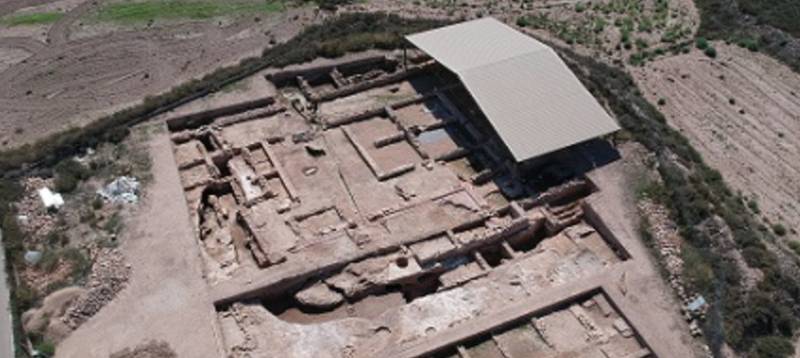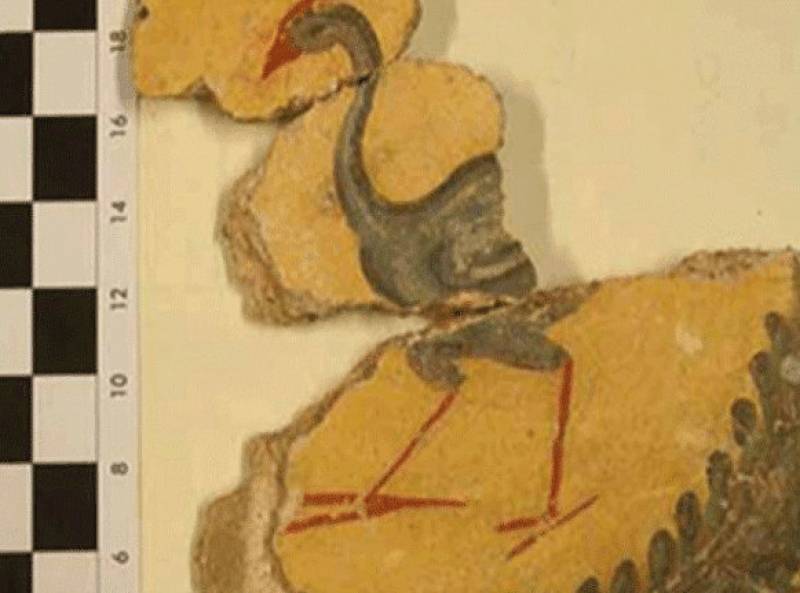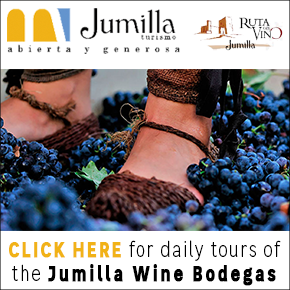- Region
- Águilas
- Alhama de Murcia
- Jumilla
- Lorca
- Los Alcázares
- Mazarrón
- San Javier
-
ALL AREAS & TOWNS
- AREAS
- SOUTH WEST
- MAR MENOR
- MURCIA CITY & CENTRAL
- NORTH & NORTH WEST
- TOWNS
- Abanilla
- Abarán
- Aguilas
- Alamillo
- Alcantarilla
- Aledo
- Alhama de Murcia
- Archena
- Balsicas
- Blanca
- Bolnuevo
- Bullas
- Cañadas del Romero
- Cabo de Palos
- Calasparra
- Camping Bolnuevo
- Campo De Ricote
- Camposol
- Canada De La Lena
- Caravaca de la Cruz
- Cartagena
- Cehegin
- Ceuti
- Cieza
- Condado de Alhama
- Corvera
- Costa Cálida
- Cuevas De Almanzora
- Cuevas de Reyllo
- El Carmoli
- El Mojon
- El Molino (Puerto Lumbreras)
- El Pareton / Cantareros
- El Raso
- El Valle Golf Resort
- Fortuna
- Fuente Alamo
- Hacienda del Alamo Golf Resort
- Hacienda Riquelme Golf Resort
- Isla Plana
- Islas Menores & Mar de Cristal
- Jumilla
- La Azohia
- La Charca
- La Manga Club
- La Manga del Mar Menor
- La Pinilla
- La Puebla
- La Torre
- La Torre Golf Resort
- La Unión
- Las Palas
- Las Ramblas
- Las Ramblas Golf
- Las Torres de Cotillas
- Leiva
- Librilla
- Lo Pagan
- Lo Santiago
- Lorca
- Lorquí
- Los Alcázares
- Los Balcones
- Los Belones
- Los Canovas
- Los Nietos
- Los Perez (Tallante)
- Los Urrutias
- Los Ventorrillos
- Mar De Cristal
- Mar Menor
- Mar Menor Golf Resort
- Mazarrón
- Mazarrón Country Club
- Molina de Segura
- Moratalla
- Mula
- Murcia City
- Murcia Property
- Pareton
- Peraleja Golf Resort
- Perin
- Pilar de la Horadada
- Pinar de Campoverde
- Pinoso
- Playa Honda
- Playa Honda / Playa Paraíso
- Pliego
- Portmán
- Pozo Estrecho
- Puerto de Mazarrón
- Puerto Lumbreras
- Puntas De Calnegre
- Region of Murcia
- Ricote
- Roda
- Roldan
- Roldan and Lo Ferro
- San Javier
- San Pedro del Pinatar
- Santiago de la Ribera
- Sierra Espuña
- Sucina
- Tallante
- Terrazas de la Torre Golf Resort
- Torre Pacheco
- Totana
- What's On Weekly Bulletin
- Yecla


- EDITIONS:
 Spanish News Today
Spanish News Today
 Alicante Today
Alicante Today
 Andalucia Today
Andalucia Today
Los Torrejones Roman archaeological site in Yecla
This large Roman villa in Los Torrejones oversaw a large agricultural concern in Yecla 2,000 years ago
 The archaeological site of Los Torrejones is 3 kilometres south-east of the town of Yecla, in the north of the Region of Murcia, and consists primarily of the remains of a Roman villa which was built in the 1st century BC and inhabited on and off until the 13th century AD, when the Kingdom of Murcia was reconquered from the Moors by Christian forces.
The archaeological site of Los Torrejones is 3 kilometres south-east of the town of Yecla, in the north of the Region of Murcia, and consists primarily of the remains of a Roman villa which was built in the 1st century BC and inhabited on and off until the 13th century AD, when the Kingdom of Murcia was reconquered from the Moors by Christian forces.
It is one of five such villas found in an area of only 4 square kilometres (the others being El Pulpillo, Marisparza, Casa de la Ermita and Fuente del Pinar), indicating the degree to which the cultivation of grapes and olives in Yecla was important to the Romans: these “villas” dealt with the growing of crops and the production of wine and olive oil.
 Archaeological digs have established that the site was occupied by the Iberians in the 3rd and 4th centuries BC, long before the Romanization of the Iberian Peninsula, and that the villa was abandoned in the 5th century AD before being re-occupied and modified by the Moors in the 11th and 12th centuries. But in the 13th century it finally fell into disuse, and over the course of the next 500 years it is thought that the locals removed the stonework and other structural elements to incorporate them into their own farms and dwellings.
Archaeological digs have established that the site was occupied by the Iberians in the 3rd and 4th centuries BC, long before the Romanization of the Iberian Peninsula, and that the villa was abandoned in the 5th century AD before being re-occupied and modified by the Moors in the 11th and 12th centuries. But in the 13th century it finally fell into disuse, and over the course of the next 500 years it is thought that the locals removed the stonework and other structural elements to incorporate them into their own farms and dwellings.
The first excavations here date back to 1847, since when the most significant discoveries include a 4th century mosaic found in 1957 and various stone pools which comprised a thermal bath complex. Fragments of ceramics, marble sculptures and columns have also been unearthed, and on learning of the size of the complex the Town Hall of Yecla acquired the land, protected it from the elements, made it possible to visit and housed the items of interest found in the local archaeological museum.
More recently another significant finding was a very well preserved marble bust of the Emperor Hadrian (2nd century AD), and in 2018 archaeologists were surprised to find a network of underground passages and galleries, which probably served as storage areas for agricultural produce.
All five Roman villas were in charge of large areas of flat, fertile land. They underwent a crisis in the 3rd century, reached the height of their importance in the 4th century and survived for long periods of time. Alongside them are the remains of two more buildings which were used as inns, the “Casas de Almansa” and the “Casa de las Cebollas”.
Location: click here for map.
If visiting Yecla don’t forget to make sure one of your first ports of call is the tourist office (Plaza Mayor, 1, telephone 968 754104, email turismo@yecla.es).
For more local events, news and visiting information go to the home page of Yecla Today.












